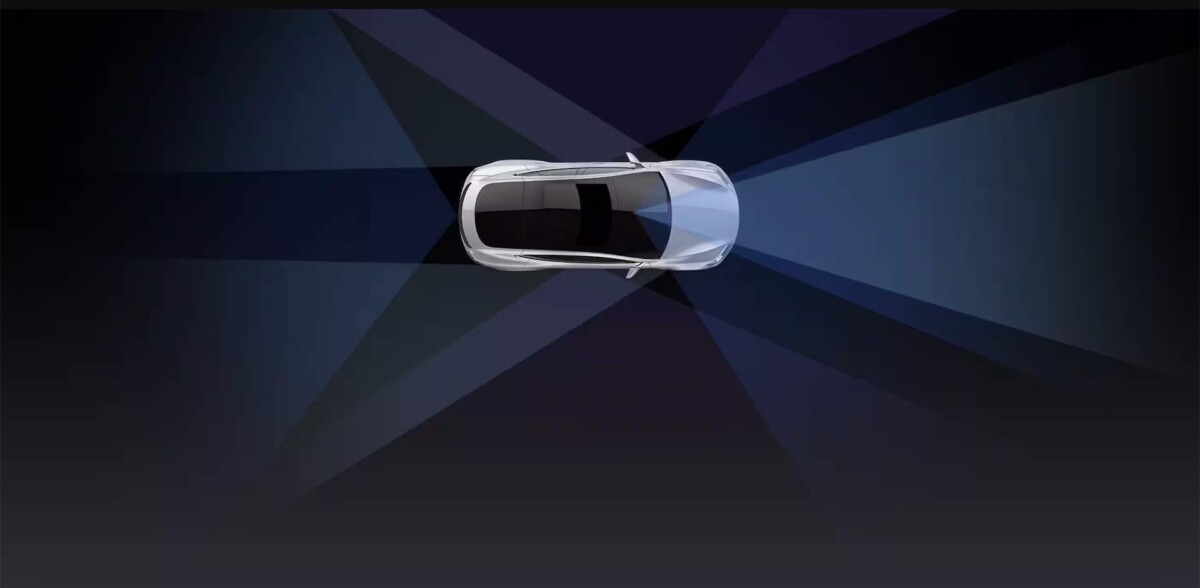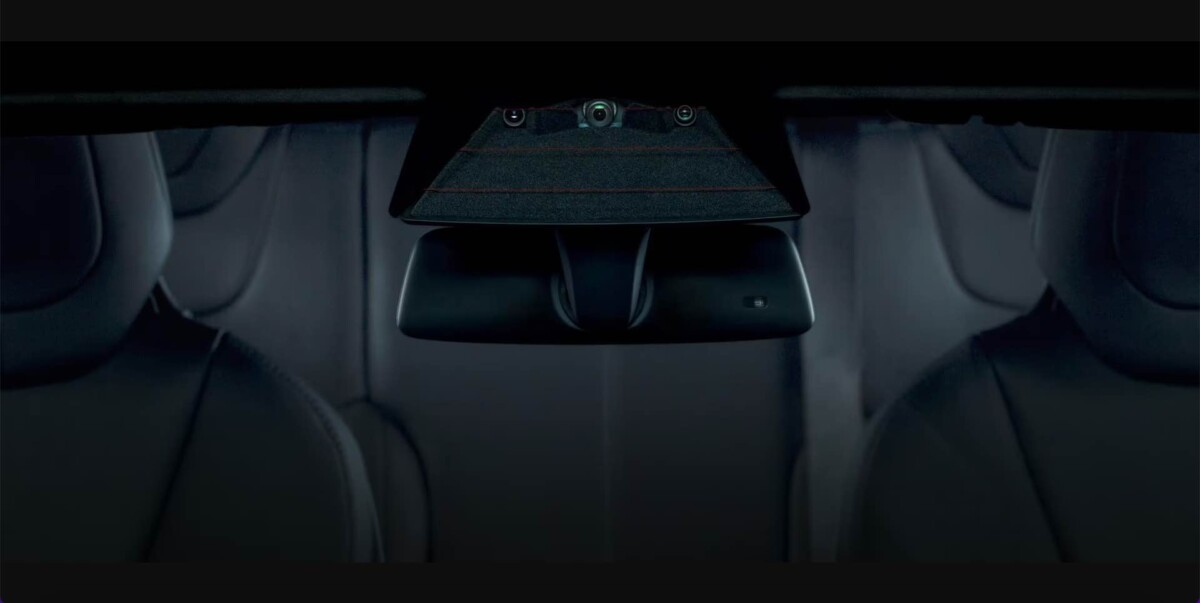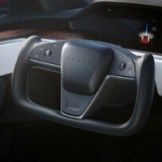Tesla is making a major change to its Autopilot. After the radars, the American company is eliminating the ultrasonic sensors. A decision that will (temporarily) reduce the autonomous driving capabilities of the new Model 3 and Model Y.
Tesla’s autonomous driving previously relied on radar, ultrasonic sensors and cameras. The speed cameras had already been removed by the American firm in May 2021 in the United States then in April 2022 in Europe. From October 2022, all new Model 3 and Model Y models will be produced without ultrasonic sensors as stated in Tesla’s press release.
Ultrasonic sensors replaced by cameras
Instead, the newly produced Model 3 and Model Y will exclusively use their cameras in order to orient themselves and activate driving aids (emergency braking, autonomous driving, automatic parking, etc.). That’s what we call Tesla Vision, the Autopilot that only uses cameras. But due to the removal of ultrasonic sensors, Elon Musk’s firm is forced to integrate a new feature, currently used for FSD (full-self-driving) available in beta in the United States.

It’s about ” vision-based occupancy network » : it is a high-definition spatial positioning, with greater viewing distance and the ability to identify and differentiate between objects. In other words, Tesla announces that removal of ultrasonic sensors increases autonomous driving capability of its electric cars.
With temporary limitations
But it’s not that simple… the Texas company indicates that certain functions will be temporarily disabled or limited. It isPark Assist, Autopark, Summon and Smart Summon. The first activates visual and audible alerts below 8 km/h to facilitate low-speed maneuvers. The second allows the car to park by itself while the last two allow you to get the car out of its parking space from your smartphone.
Tesla states that “in the near future, once these features work as well as on current cars, they will be restored by a series of over-the-air software updates.”. In other words, Tesla uses its existing fleet and new vehicles to perform a performance comparison (A/B testing).
More and more safe cars?
To reassure its customers, the Texan company uses the example of the removal of speed cameras. It thus indicates that cars without radar, using Tesla Vision have a level of security as good or even higher, than Tesla cars still using their radars. Even better, automatic emergency braking following detection of a pedestrian would work better without the radars!

However, it is necessary to bring some nuances to Tesla’s words. Remember, in fact, that the brand’s cars which no longer use radar, but rely exclusively on Tesla Vision, have some limitations. Disabling the speed cameras reduces the maximum speed in autonomous driving to 140 km/h instead of 150 km/h. The minimum distance with the previous car in the lane is increased, to 2 (on a scale of 7) instead of 1 with speed cameras.
Which cars are affected?
In detail, all Model 3 and Model Y produced from October 2022 and intended for North America, Europe, the Middle East and Taiwan will no longer be equipped with ultrasonic sensors. Other regions will follow in a few months, before the Model S and Model X are finally produced without these sensors.
In practice, the front and rear bumpers of the brand’s electric cars will be much simpler to produce, since this is where “hide» the 12 ultrasonic sensors. An accident should also be less costly in the event of a bumper replacement.
Eventually, we imagine that Tesla will remotely update its cars produced before October 2022 in order to deactivate the ultrasonic sensors, as the manufacturer has started to do with the radars of the oldest Teslas. Hoping that, by then, the “constraints” of the Tesla Vision are no longer on the agenda.
To follow us, we invite you to download our Android and iOS application. You can read our articles, files, and watch our latest YouTube videos.


